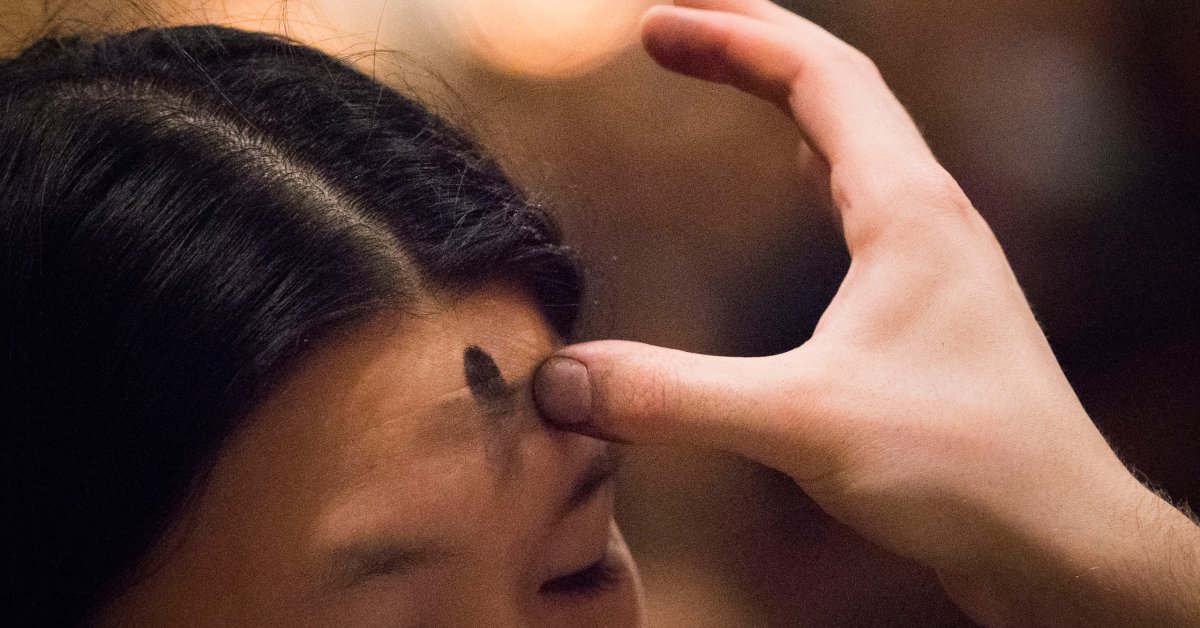When we think of saints like Padre Pio of Pietrelcina and Francis of Assisi, we think of the stigmata which were a manifestation in the flesh of these saints of the sacrificial mercy of Jesus realized in a very high way in them. But each and every one of us is also called to bear the marks of Christ in our body and soul. The stigmata by which we, as ordinary Christians, manifest the sacrificial mercy of Christ in the flesh is our compassion for those who suffer, our joyful readiness to bear suffering ourselves, and our joyful readiness to come to the service of others in need.
Jesus suffers vicariously through us in all of our sufferings and in the sufferings of all those who suffer in the world. Henri Nouwen articulated this mystery so profoundly when he said:
The prophet Isaiah (Isaiah 9:11, 16, 20; 10:4) repeats the phrase: “. . .and his hand is still outstretched!” In this passage, Isaiah expressed the punishing - the wounding effect - of his outstretched arm, but he adds elsewhere with great emphasis that the ultimate effect of his outstretched arm is healing and forgiveness and mercy. In Old Testament times, the Lord stretched out his arm with a punitive effect toward the sinner in order to gain mercy for the most vulnerable and suffering - for the widow, the orphan and the stranger - while at the same time humbling the sinner so that he would become open to the redemptive mercy of the Lord. Likewise, in New Testament times, Jesus stretches out his arm to us, inviting us to take up our cross in self-sacrifice for the sake of others, especially the suffering and needy, inviting us to take up our cross daily to follow him, bearing his wounds in our body and soul, interceding with him to the Father, to gain mercy for the poor and downtrodden, while, at the same time, his same outstretched arm provides strength and healing to our own sinful soul, humbling our hearts in preparation for receiving his redemptive mercy.
After his resurrection Jesus stretched out his arm so that Thomas and the other apostles could touch his wounds now glorified. Jesus did not not say to Thomas, “Touch my side.” No. Jesus said to Thomas, “Put your hand into my side.” He wanted Thomas to do more than touch his wounds. He wanted Thomas to touch his heart, and thereby to touch the heart of God. Jesus invites us daily, also, to put our hand into the wound in his side, to touch his heart, so as to touch the very heart of God, and thereby to become channels of the excruciating love that flows from the heart of so loving a Father, through the heart of Jesus, flowing through his wounded side. The wounds of Jesus are an opening in creation to the heart of God. They are an opening to touch the heart of Jesus, and thereby to touch the heart of God.
It is in this way that Jesus invites us, with outstretched arms, to touch his wounds, so that we may be healed and that we may offer his healing touch to others. Like the apostles, I feel the wounding of the Lord’s outstretched arm as I take up my cross in order to, as St. Paul said, “fill up in [my own] flesh what is lacking in the afflictions of Christ on behalf of his body, which is the Church.” (Colossians 1:24) And it is thus that I, like St. Paul and the other apostles, bear the marks of Jesus on my body.” It is thus that I become a channel for the healing flood of grace and mercy which flows forth from his glorified wounds to flow into the world. Whenever I perform an act of mercy, a self-sacrificial deed of charity, an act of forgiveness, I touch the wounds of Christ, and I gain the healing grace that pours forth from his wounds not only for myself, but for others as well, because I am in that moment an earthbound channel of the heavenly channel of his wounds. Thus, every person who is living a truly evangelical life bears the marks of Christ in his/her body and soul, and bears the evangelical message, also forecast by Isaiah (9:1-2): “The people who walked in darkness have seen a great light; Upon those who lived in a land of gloom a light has shone." You have brought them abundant joy and great rejoicing. The suffering of the cross, of the wounds, is not for suffering’s sake, but for the channeling of mercy into the world.
Because of the power of the resurrection in the wounds of Christ which we bear through our suffering, we are able to embrace great suffering because this suffering, joined to the wounds of Christ Crucified, can now serve for us as a vehicle of contemplation: a vehicle of the contemplation of the profound compassion and faithful mercy of God the loving Father, expressed through his incarnate Word, who embraced death on the cross as an expression of excruciating love. In our own suffering, we contemplate the wounds of Christ, to see how Jesus was pierced with sorrow and deep compassion for the sins which keep souls from being open to God’s love, and we ourselves become pierced with Christ with that same sorrow for sin and deep compassion for souls.






